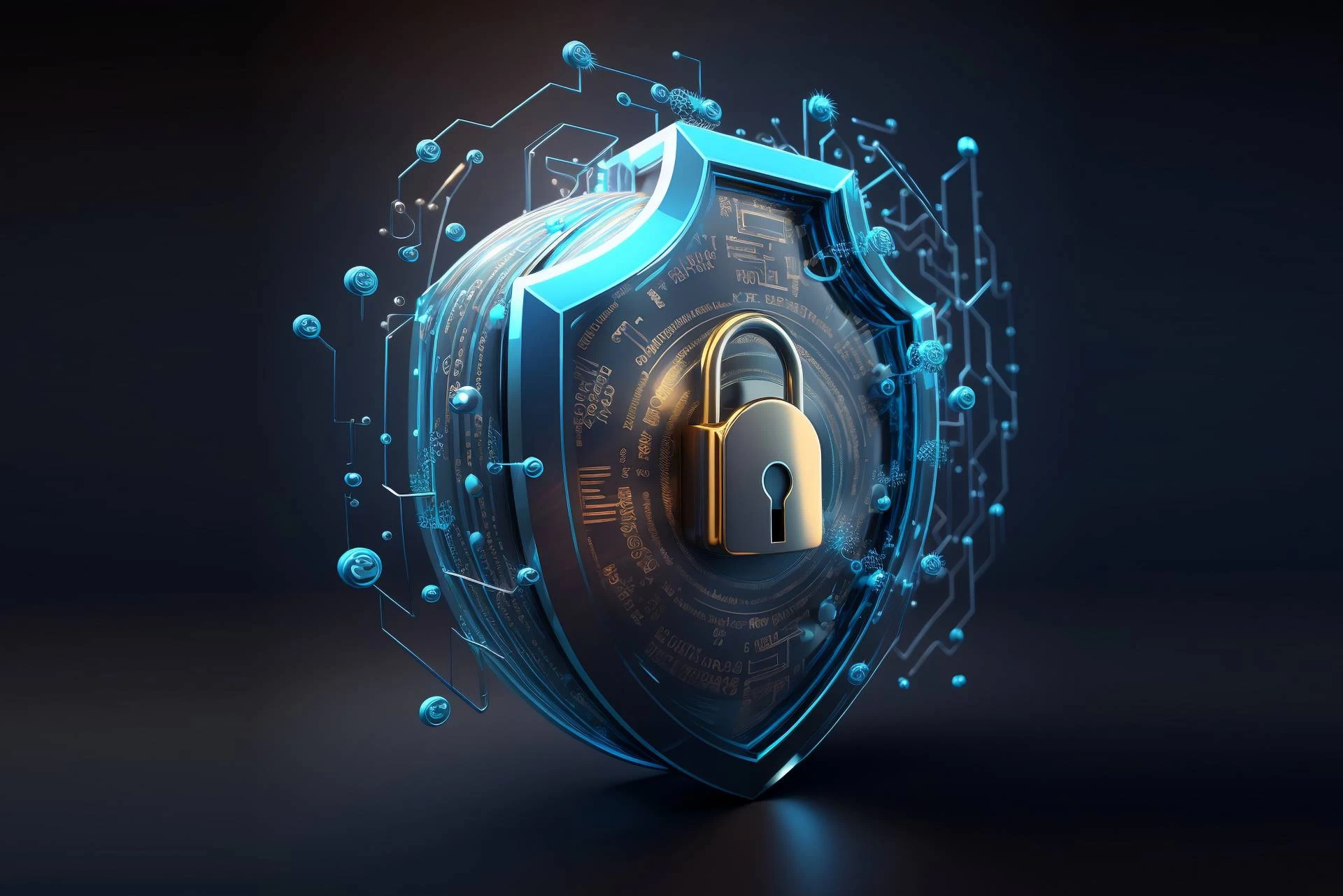The Most Common Cybersecurity Threats and Ways to Counter Them:
In our current era, the world is witnessing significant advancements in technology and communications, which enhances reliance on electronic systems in various aspects of life. With the increasing digital technology, cybersecurity becomes essential for safeguarding sensitive data and information and protecting against cyber threats, aiming to secure electronic systems, networks, software, and data from any attacks or breaches they may face.
What is cybersecurity?
Cybersecurity, also known as cyber security, refers to the protection of devices, networks, systems, data, and servers from external attacks that may cause harm, theft, or destruction.
The concept of cybersecurity is related to several other electronic concepts that branch from it, and they serve the same function or a similar one, such as operational security, network security, application security, and more.
The Most Common Cybersecurity Threats:
Cybersecurity threats, also known as information security threats and penetration testing, are constantly evolving with technological advancements and the use of the internet. Here are some of the prominent cybersecurity threats that can be encountered:
Man-in-the-Middle (MITM) Attack:
This type of threat occurs when an intermediary enters between a user and the network they are connected to. It often happens when using public and insecure Wi-Fi networks. Attackers use this method to gain access to the targeted device by installing malware on it, followed by stealing the person's data and causing harm.
Malware:
Malware encompasses various types, including ransomware, extortion, spyware, viruses, and more. These programs are activated on the targeted device once the user clicks on a specific attachment or link containing one of these programs, usually hidden. Once installed, it disables parts of the system, rendering the user unable to control it, and it can also access the user's confidential information.
Phishing:
Phishing is a form of social engineering that deceives users and prompts them to disclose their credit card information or important personal data through email or text messages that appear to be from trusted sources.
Denial-of-Service (DoS) Attacks:
Denial of service is a type of electronic threat that causes a computer or network to not respond to user requests, or they may be implemented but very slowly.
Password Attacks:
In this type, the attacker gains access to the targeted person's password by either breaching a password database or directly guessing it. Consequently, they can access the user's confidential information and steal it.
These are just a few examples of the cybersecurity threats that organizations and individuals face in the digital age. Implementing robust cybersecurity measures, such as using strong passwords, regularly updating software, and educating users about potential threats, is crucial to defend against these threats and protect sensitive information.
Types of Cybersecurity:
Cybersecurity encompasses several types divided based on the function or task they perform. Here are the following types:
Application Security:
This type focuses on keeping software and electronic devices safe from external breaches and threats that may lead to unauthorized access to data. Successful security in this area is achieved during the application design phase, well before the release of hardware or software.
Disaster Recovery:
In this type, methods for responding to various security incidents are determined, and organizations and companies learn how to recover operations, information, and data that have been lost due to cyberattacks. The goal is to restore operational capabilities within the organization.
Network Security:
Network security is one of the most important types of cybersecurity as it plays a crucial role in protecting the network on which programs and systems rely. It provides both preventive and proactive protection against external breaches and threats. It acts as a barrier against intruders who target the network through hacking programs, viruses, or exploiting various vulnerabilities.
End User Education:
End user education is a security approach that protects systems and companies from internal errors caused by incorrect practices by individuals working in organizations or institutions. Educating users about cybersecurity best practices and raising awareness about potential threats helps prevent security incidents.
Information Security:
Information security focuses on protecting data, ensuring its integrity, and preserving its confidentiality when stored within systems or transferred across networks.
How to Achieve Cybersecurity?
Everyone aims to achieve cybersecurity, and it can be achieved by following several easy and simple practices, including:
- Creating extremely strong passwords that are not easily guessable by attackers.
- Avoiding the use of public and insecure Wi-Fi networks, especially those found in public places.
- Not clicking on any links sent to you via email from unknown sources.
- Not opening email attachments from unidentified individuals.
- Regularly updating operating systems.
- Using antivirus software of all types.
By implementing these practices, individuals and organizations can enhance their cybersecurity and reduce the risk of falling victim to cyber threats.
Elements of Cybersecurity:
Cybersecurity consists of several important elements that must be present, including:
- Access Authentication: Information access should be authenticated to ensure authorized access.
- Objectivity and Reliability: Information should be objective and reliable, free from manipulation or unauthorized changes.
- Information Integrity: Ensuring the accuracy, completeness, and consistency of information.
- Information Utility: Information should be useful and relevant to support decision-making and operations.
- Information Availability: Ensuring that information is accessible and available to authorized users when needed.
- Information Responsibility: Acknowledging and taking responsibility for the protection and proper use of information.
- Leading Company Specializing in Cybersecurity and Information Security
TechnoKeys is a renowned company that offers various services in the field of information security and penetration testing. Their services include:
- Conducting wireless network security assessments and identifying potential attacks.
- Enhancing security systems to deter malicious attacks.
- Providing ethical and legal penetration testing to identify potential attacks and assess the effectiveness of your company's security systems.
- Offering different types of penetration testing, such as vulnerability assessments to detect harmful vulnerabilities affecting your company's systems and applications, and cybercrime testing.
How TechnoKeys Implements Penetration Testing?
First, the company conducts a survey to gather essential data and information about the targeted systems and networks. TechnoKeys then utilizes this information to design effective strategies for exploitation. In some cases, they rely on specialized penetration testing tools and techniques.
What Sets TechnoKeys Apart in Penetration Testing and Information Security?
TechnoKeys offers several distinct features that make them a strong choice in this field, including:
- Improving the level and efficiency of your company's security systems.
- Prompt and effective response to attacks or breaches.
- Utilizing effective tools and techniques to counter malicious attacks.
- Having a specialized team to swiftly and effectively respond to and mitigate harmful attacks, protecting your company's vital information and data.
- Clearer identification of malicious attacks, determination of their source, and effective methods to deal with them.
- Conducting security vulnerability assessments to identify weaknesses in targeted systems, using various tools and techniques by penetration testers.
How to Obtain Information Security and Penetration Testing Services from TechnoKeys?
TechnoKeys provides several contact numbers, including +967 776 555 660, through which you can reach out to them to request their services. You can also visit their nearest branch to inquire about available services and offers. Additionally, you can contact them via email through their company's email address.
In conclusion, cybersecurity is crucial for protecting individuals, organizations, and institutions. It acts as a shield for various systems and networks, safeguarding information from theft or damage. By doing so, it reduces the prevalence of cybercrimes and minimizes financial losses.

